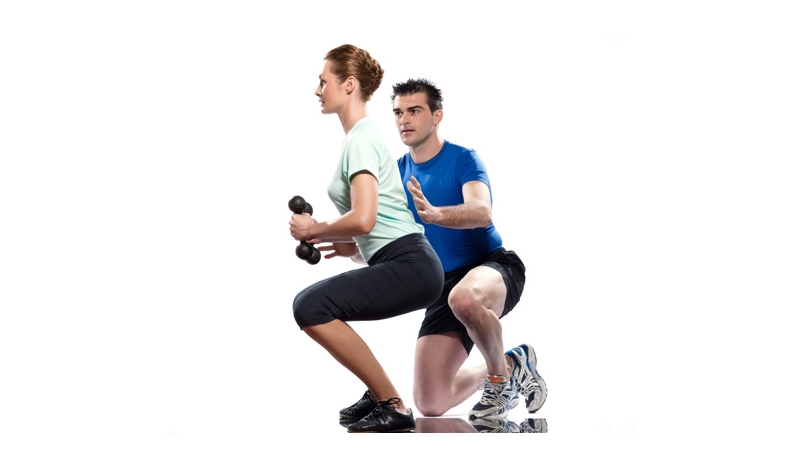Exercises for Hip Replacements

Question : I have suffered with bad ache most of my life and recently had 2 hips replaced, which has given me a new lease of life. I've been told to take it easy, but I'm itching to get fit and work off my "middle-aged spread". What exercises do you suggest?
Why Do People Need Hip Replacements?
Hip replacements occur normally as a result of a fracture or arthritic conditions that limit function to the point of requiring a replacement joint to restore quality of life. It is o ften common that they are preceded by a long period of inactivity caused by the pain and discomfort of an arthritic hip.
Starting Back With Exercise
It is great to hear that you are experiencing such an improved and new lease of life but you should definitely follow the advice of your doctor and physiotherapist as you begin to get back into exercising, artificial hips can dislocate (requiring surgery to fix) and before you start exercise you need to be clear of physiotherapy, fully weight bearing and have got clearance from your Doctor or GP (this is essential).
The hip has to endure tremendous forces during walking and other activities of daily life and exercise can really help you to regain stability, strength and improved function. There are some movements you need to be careful doing though as artificial hips can be prone to dislocate. Avoid any extremes of flexing the hip, internally rotating the leg (toes pointing in) or bringing the leg past the midline of the body (crossing the feet for example). In particular you need to avoid combining these movements.
What To Start With?
Initial exercise should focus on strengthening the hip rotator muscles, gluteals (your backside) and quadriceps (front of your thigh), and once you have regained strength in these muscles then you can progress to circuit training using exercises such as Mini-squats, Lateral step-ups and Hip Bridges performed consecutively.
To help with that middle-aged spread you’ll need to look at your diet as well though returning to a more active way of life will certainly help. Once you have been back exercising for a few weeks you should be able to tolerate some treadmill walking, cycling (make sure you have the seat high enough to limit excess hip flexion) and incorporating some resistance into your exercises. All this will help burn a few extra calories and help shift that excess weight.
Three Key Exercises
Mini-Squat
Stand with the feet shoulder width apart, keeping the knees and hips in line with the feet. Slowly squat down, keeping the spine in neutral and hold at the bottom of the movement before extending at the hip and knee to stand upright.
Start with sets of ten and as your strength increases you can add in some hand-held weights.
Hip Bridging
Lay on your back on the floor, draw your belly button towards your spine, raise the hips off the floor by contracting the buttocks and hold for a count of five, repeat for ten reps.
Lateral Step-ups
Start using a step height of 2-3 inches, stand to the side of the step, place the nearest foot onto the step and step up into a balanced position, again keeping the knee and hip over the foot.




